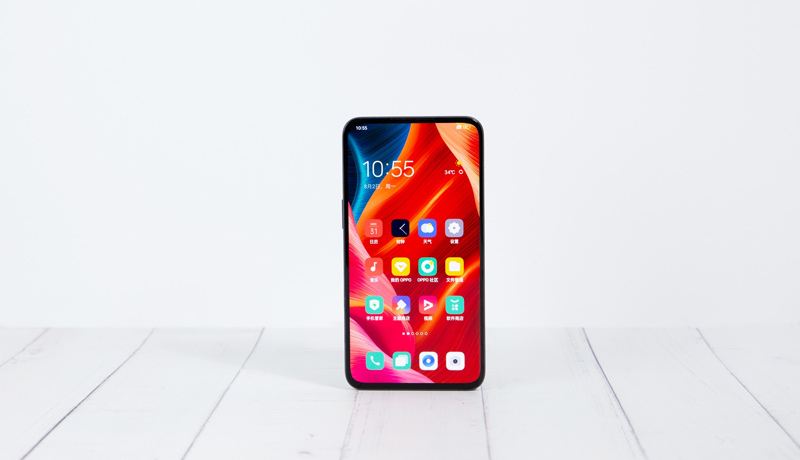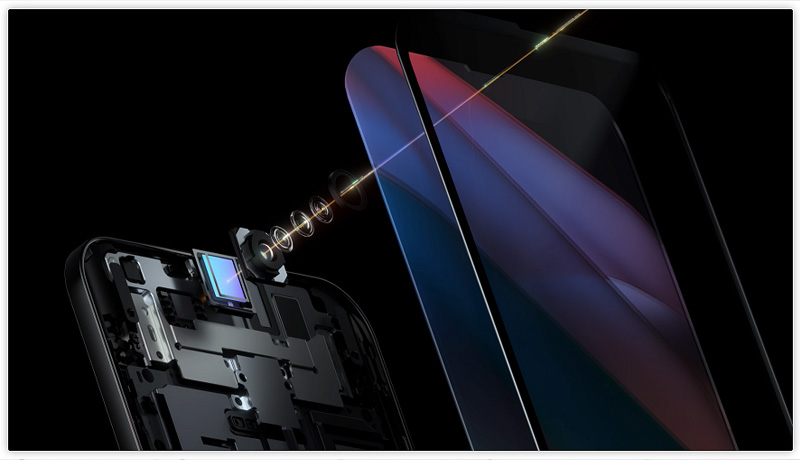
OPPO unveiled its next-generation under-screen camera (USC) technology for smartphones. The new under-screen camera solution discreetly places the front-facing camera under the smartphone display in a way that maintains the integrity and consistency of the entire screen, both during use and while on standby, by combining the best in hardware innovation and OPPO’s proprietary AI algorithms. It’s a no-compromise under-screen camera system that strikes the optimum mix between constant screen quality and camera picture quality.

This new under-screen camera system addresses a number of technical and production issues that have hampered under-screen camera technology since its inception. Resolving difficulties such as uneven display quality in the screen region above the under-screen camera, poor picture quality caused by blockage of the camera by the screen, and product dependability and lifetime concerns are among the breakthroughs. OPPO has been able to provide an improved under-screen camera solution that brings the end-to-end, full-screen experience to new heights thanks to advancements in these areas.
The next-generation under-screen camera solution from OPPO has numerous innovative structural design and AI algorithms, including:
In terms of the camera, OPPO’s U.S. Research Institutes has created a number of imaging AI algorithms – such as diffraction reduction, HDR, and AWB – to decrease some of the negative side effects common in under-screen cameras, such as fuzzy photos and image glare. OPPO has also utilised tens of thousands of photos to train its AI diffraction reduction model, allowing users to record better, more natural-looking images by controlling issues caused by diffraction at the light source.
OPPO has spent substantially in research and development in these areas as customer demand for bigger screen-to-body ratios and innovative smartphone form factors has risen. Since beginning development of the technology in 2018, OPPO has produced three generations of under-screen camera solutions, filing over 200 patents in the process. In 2020, OPPO contributed to the advancement of the technology by submitting to the International Electrotechnical Commission its first suggested standards for under-screen camera technology (IEC). Display transmittance, reflectance, uniformity, Gamma correction, colour shift, and brightness decay were among the seven main technical criteria recommended in the proposal.
OPPO will continue to invest in hardware design and algorithmic processing skills to improve its under-screen camera technology, with the ultimate objective of providing consumers across the world with a more immersive, genuine full-screen under-screen camera system.